What You Need To Know About Shoveling Snow and the Risk for Heart Attack or Sudden Cardiac Arrest
 Today, much of the northeast is being blanketed by snow. We’re certainly getting our share here in Toronto. So we though it would be a good day to talk about how cold weather snow shoveling can increase the risk of heart attack or sudden cardiac arrest. More importantly, how you can protect your heart and reduce that risk.
Today, much of the northeast is being blanketed by snow. We’re certainly getting our share here in Toronto. So we though it would be a good day to talk about how cold weather snow shoveling can increase the risk of heart attack or sudden cardiac arrest. More importantly, how you can protect your heart and reduce that risk.
Let’s face it- shoveling snow or even just walking in the snow, is strenuous activity. Sometimes people with heart problems, who would never consider lifting weights or running a 5K, forget that when the white fluffy menace blankets their driveway.
P.J. Skerrett, Managing Editor, Harvard Health writes,
What’s the connection? Many people who shovel snow rarely exercise. Picking up a shovel and moving hundreds of pounds of snow, particularly after doing nothing physical for several months, can put a big strain on the heart. Pushing a heavy snow blower can do the same thing. Cold weather is another contributor because it can boost blood pressure, interrupt blood flow to part of the heart, and make blood more likely to form clots.”
You can read his entire article here.
Here are some tips to keep in mind before you pick up that snow shovel.
The MetroHealth Heart & Vascular Center, offers this great advice:
Before You Shovel Snow
- Talk to your doctor before you take on this task of snow shoveling.
- Avoid shoveling immediately after you awaken as most heart attacks occur early in the morning when blood is more prone to clotting. Wait for at least 30 minutes and warm up.
- Do not eat heavy meal before shoveling: blood gets diverted form the heart to the stomach.
- Warm up your muscles before starting by walking for a few minutes or marching in place.
- Do not drink coffee or smoke for at least one hour before or one hour after shoveling or during breaks. These are stimulants and elevate your blood pressure and heart rate.
While Shoveling Snow
- Use a small shovel: shovel many small loads instead of heavy ones.
- Begin slowly and take frequent, 15 minute breaks.
- Drink plenty of water to avoid dehydration.
- Dress in layers, to avoid hypothermia (low body temperature) or overheating.
- Cover your head and neck (50% body heat lost thru head and neck).
- Cover your mouth (breathing cold air can cause angina or trigger breathing problems.
- Watch for warning signs of a heart attack, lightheadedness, dizziness, being short of breath or if you have tightness or burning in chest, neck, arms or back. If you think you are having a heart attack call 911.
So how do you know if you’re at risk from shovelling?
In this CTV News article, The Heart and Stroke Foundation recommends that if you have ever had a heart attack, stroke, or heart surgery, it might be best to call someone to do the shoveling for you. If you want to do it yourself, speak to your doctor about the risks first.
The same applies if you currently have uncontrolled high blood pressure, high cholesterol, are obese, smoke, or are overweight or have an inactive lifestyle.
The warning signs of a heart attack include:
- pressure in your chest
- pain radiating down one arm
- shortness of breath or dizziness
- profuse sweating
- intense nausea
So stay safe, stay warm, and if you’re at risk for heart problems, leave the snow where it is. Spring is right around the corner, right?
Photo by gautamnguitar on Flickr








Should have minature A.E.D.’s attached to snow blowers and shovels.
Now that’s a thought Walter 🙂 Being careful and not over doing it is usually enough, but having an AED near by is never a bad idea!